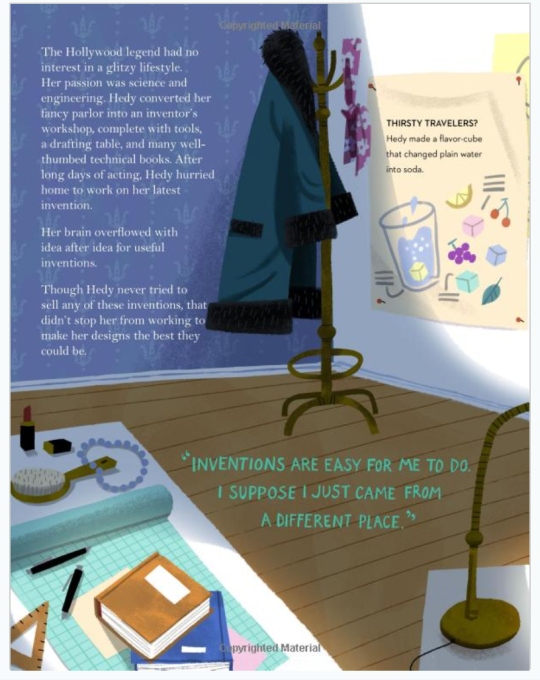As part of my writing process, I read dozens of books by other nonfiction authors. When I read, I make notes about the craft choices authors make in terms of voice, structure, POV, and other unique elements that add up to amazing books. I recently decided to share my notes (in a searchable format), so teachers and fellow writers can see what I find new and noteworthy. Please feel free to share your thoughts in the comments below.

The Book:
Two Brothers: Four Hands: The Artists Alberto and Diego Giacometti
Authors: Jan Greenberg and Sandra Jordan; illustrator: Hadley Hooper
Publication Info.: Neal Porter Books (April 2019)
Ages/Grades: 7 to 10 years old
Categories: third-person POV, narrative nonfiction, present tense, dual biography
First lines:
“In the Swiss village of Stampa, surrounded by mountains so high that in winter their shadows fill the valley live two brothers.”
Overview (from the publisher): “The inspiring true story of the Giacometti brothers, one an artist, the other a daredevil, both devoted to their craft . . . but even more devoted to each other.
Everyone who knew them agreed. Alberto was the genius of the family. His younger brother Diego was his opposite–he didn’t care much for books or schoolwork, and he had no idea what he would be when he grew up. But despite their differences, the two brothers shared an intense bond.
Alberto Giacometti became one of the iconic artists of the twentieth century, whose tall, spindly sculptures grace the collections of museums around the world. Diego was always at his side, helping and encouraging, and in his spare time creating remarkable pieces of furniture, works of sculpture in their own right.”
What’s noteworthy for authors and educators:
The trick with writing a dual biography, in my mind, is finding the focus of the book. What theme connects the two lives together? In this book, the connection is apparent from the title: two brothers, four hands. Alberto Giacometti simply couldn’t have achieved his enormous success without his brother, Diego, who served as a model; built pedestals and molds and picked patinas; and in many ways sacrificed his own creative work to support Alberto. As Greenberg and Jordan write, Diego’s hands touched each and every one of Alberto’s sculptures. Children certainly will connect to the fierce bonds of family.
For teachers, this book serves as an excellent example of a “growth mindset.” Alberto Giacometti was far from an overnight success, instead, he honed his craft for more than two decades. He was a perfectionist who never felt his work was finished. And when he moved away from Surrealism, he was rejected by fellow artists, as well as art dealers, and friends. Through all of this, Alberto experimented, trying new things and striving to perfectly capture the human form.
Additional resources for authors, educators, and parents:
- The backmatter for this book contains a basic explanation of art concepts and discussion questions for evaluating Alberto Giacometti’s Walking Man II sculpture.
- The Nurture Store has the perfect Giacometti craft activity: making foil sculptures.
- Why not incorporate this book into a growth-mindset lesson? Khan Academy has a growth mindset lesson here.
- This Tate video not only shows Giacometti’s sculptures but also explains why his work resonated after World War II.













